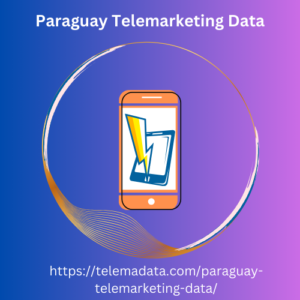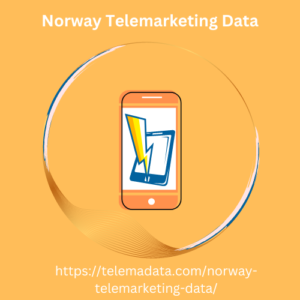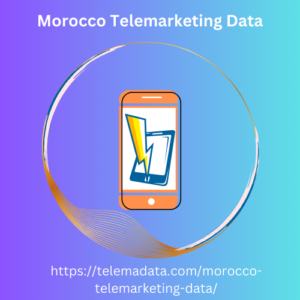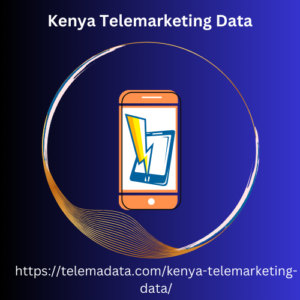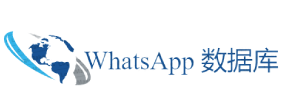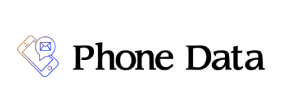: H2 and H3 Designations
Introduction
Mexico’s cell phone industry has undergone significant growth and evolution in recent years, with the introduction of new area code designations to keep up with the increasing demand for mobile services across the country. Among the most prominent of these are the H2 and H3 area codes, which have become integral to the country’s telecommunications la Romani Telemarketing Data ndscape. In this article, we will delve into the details of these area codes, their purpose, and their implementation throughout Mexico.
Understanding H2 and H3 Area Codes
In Mexico, cell phone numbers are classified into three main categories: landline (L), mobile (M), and special (S) numbers. The H2 and H3 area codes fall under the mobile (M) category, with the key distinction being the way they are structured and allocated.
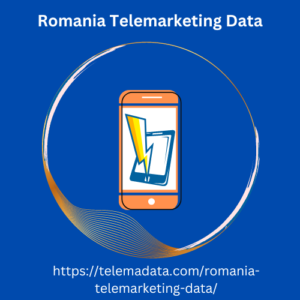
H2 Area Codes
H2 area codes are the more established of the two, having been introduced in the early 2000s to supplement the growing number of mobile subscribers. These codes are typically assigned to the major cellular providers in Mexico, such as Telcel, Movistar, and AT&T Mexico. H2 area codes are recognized by their distinct 3-digit format, with the first digit ranging from 4 to 9, followed by two additional digits.
Some examples of H2 area codes in Mexico include:
- 442 (Baja California)
- 551 (Estado de México)
- 667 (Sinaloa)
- 722 (Hidalgo)
H3 Area Codes
More recently, the Mexican telecommunications regulator, the Federal Telecommunications Institute (IFT), introduced the H3 area code designation to further accommodate the rapid expansion of the mobile market. H3 area codes follow a similar 3-digit format to H2 codes, but with the first digit ranging from 2 to 3.
Some examples of H3 area codes in Mexico include:
- 223 (Veracruz)
- 272 (Tamaulipas)
- 331 (Jalisco)
- 392 (Guerrero)
Allocation and Usage of H2 and H3 Codes
The allocation of H2 and H3 area codes is primarily based on the geographical distribution of mobile subscribers and the need to accommodate new and expanding networks. The IFT, as the regulatory authority, is responsible for managing and assigning these codes to ensure efficient utilization of the available numbering resources.
One of the key differences between H2 and H3 area codes is that H2 codes are typically associated with the larger, established cellular providers, while H3 codes are often used by newer or smaller operators. This arrangement helps to differentiate the services and customer bases of the various mobile providers in Mexico.
Impact on Mexico’s Telecommunications Landscape
The introduction of H2 and H3 area codes has had a significant impact on Mexico’s telecommunications landscape, enabling the country to keep pace with the growing demand for mobile services. These codes have facilitated the expansion of cellular networks, allowed for the integration of new technologies, and provided consumers with a wider range of choices when it comes to mobile service providers.
Furthermore, the distinct H2 and H3 designations have helped to streamline the identification and organization of mo ES Phone Number bile numbers, making it easier for users to recognize the type of service they are accessing and the provider they are associated with.
Conclusion
The H2 and H3 area codes have become integral to the success and growth of Mexico’s cell phone industry. By providing a structured and efficient system for managing mobile numbers, these designations have played a crucial role in enabling the country to keep up with the ever-increasing demand for mobile connectivity. As Mexico’s telecommunications landscape continues to evolve, the H2 and H3 area codes will undoubtedly remain pivotal in shaping the future of the industry.

